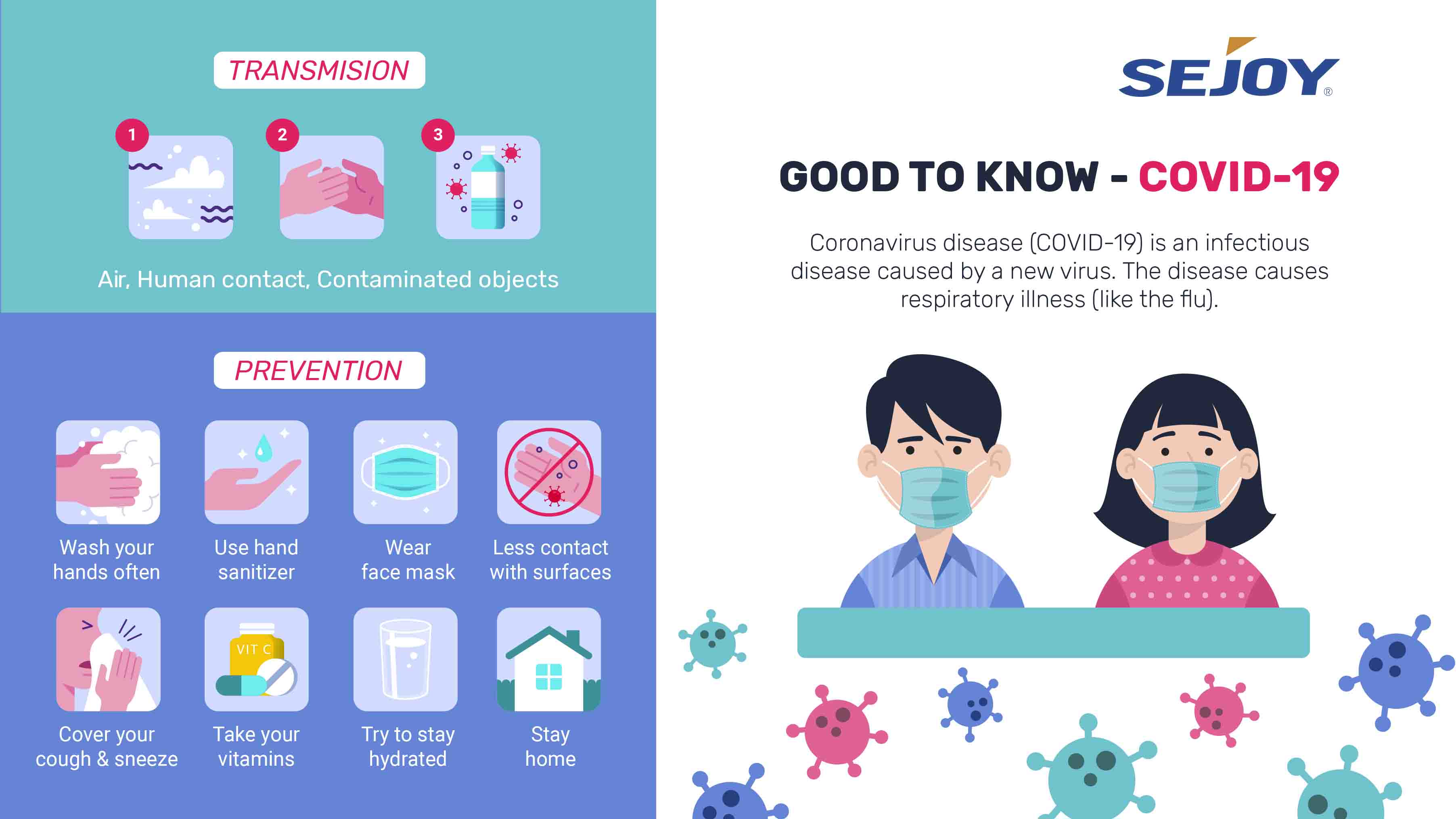On January 5, 2024, the US Centers for Disease Control and Prevention (CDC) released updated data on the main strains of COVID-19 and their proportions. According to the latest data, from December 24 to January 6, JN. 1 virus strain occupied the leading position in the detection of COVID-19 in the United States, accounting for 61.6%. JN. 1, the most commonly detected COVID-19 strain in the United States, is the second generation sub branch of COVID-19 Omikron BA. 286 variant, and also a sub branch of BA. 286 variant with strong transmission advantages. This variant was first detected in samples collected in Luxembourg on August 25th this year. On December 19th, the World Health Organization listed JN.1 as a variant that requires attention (VOI). The proportion of mainstream strains of JN.1 in the United States has rapidly increased, accounting for only 3.5% 8 weeks ago, 8.1% 6 weeks ago, rising to 21.4% 4 weeks ago, soaring to 44.2% 2 weeks ago, and currently reaching 61.6%. However, when the United States first detected JN.1 in September, its proportion was less than 0.1%, and it remained relatively low at the end of October.
According to the data of the Centers for Disease Control and Prevention (CDC), as of December 30, the concentration of COVID-19 in wastewater nationwide was 12.85, and the United States was facing the second highest infection level since the outbreak of neocoronavirus, only second to the peak level of the outbreak of Omikjon virus in early 2022. At the same time, the number of emergency room visits, hospitalization rates, and deaths are also continuously increasing. According to the data of the US Centers for Disease Control and Prevention (CDC) as of December 30, the number of people hospitalized for the new crown in the past week reached 34798, an increase of 20.4% year on year. The number of deaths caused by COVID-19 infection has also increased by 12.5% in the past week. After the Christmas and New Year holidays, the number of cases of influenza, COVID-19 and other infectious diseases increased in many places in the United States. Although this was expected, it still caused anxiety among health officials. In order to control the spread of the epidemic, many hospitals have begun to enforce the wearing of masks in hospitals and limit the number of visitors.
At the press conference, the Director General of WHO, Tedros Adhanom Ghebreyesus, stressed that although the COVID-19 is no longer an international public health emergency since May 2023, the virus is still spreading, evolving into new variants, and remains deadly. In recent weeks, JN.1 has rapidly spread globally and has appeared in over 40 countries, including the United States, France, Singapore, India, and others. According to a report by the Associated Press on November 3rd, many experts believe that during the current high incidence season of infectious diseases, it is unlikely to see as many deaths as in previous years, but there is still a possibility of hundreds of thousands of people being hospitalized nationwide, and the number of deaths could reach thousands. Recently, the World Health Organization released the latest infection data. Only from December 1 to December 28, 2023, the global reported COVID-19 infection data has reached 1009341 cases, and the weekly new infection data is more than 250000 cases. Although the pandemic has been declared to be over, this data still deserves people’s vigilance. In the proportion of COVID-19 infected strains, JN. 1 is the leader.
Currently, the epidemic in Asia is mainly concentrated in regions such as Singapore, Malaysia, India, and Indonesia.

Post time: Jan-25-2024


